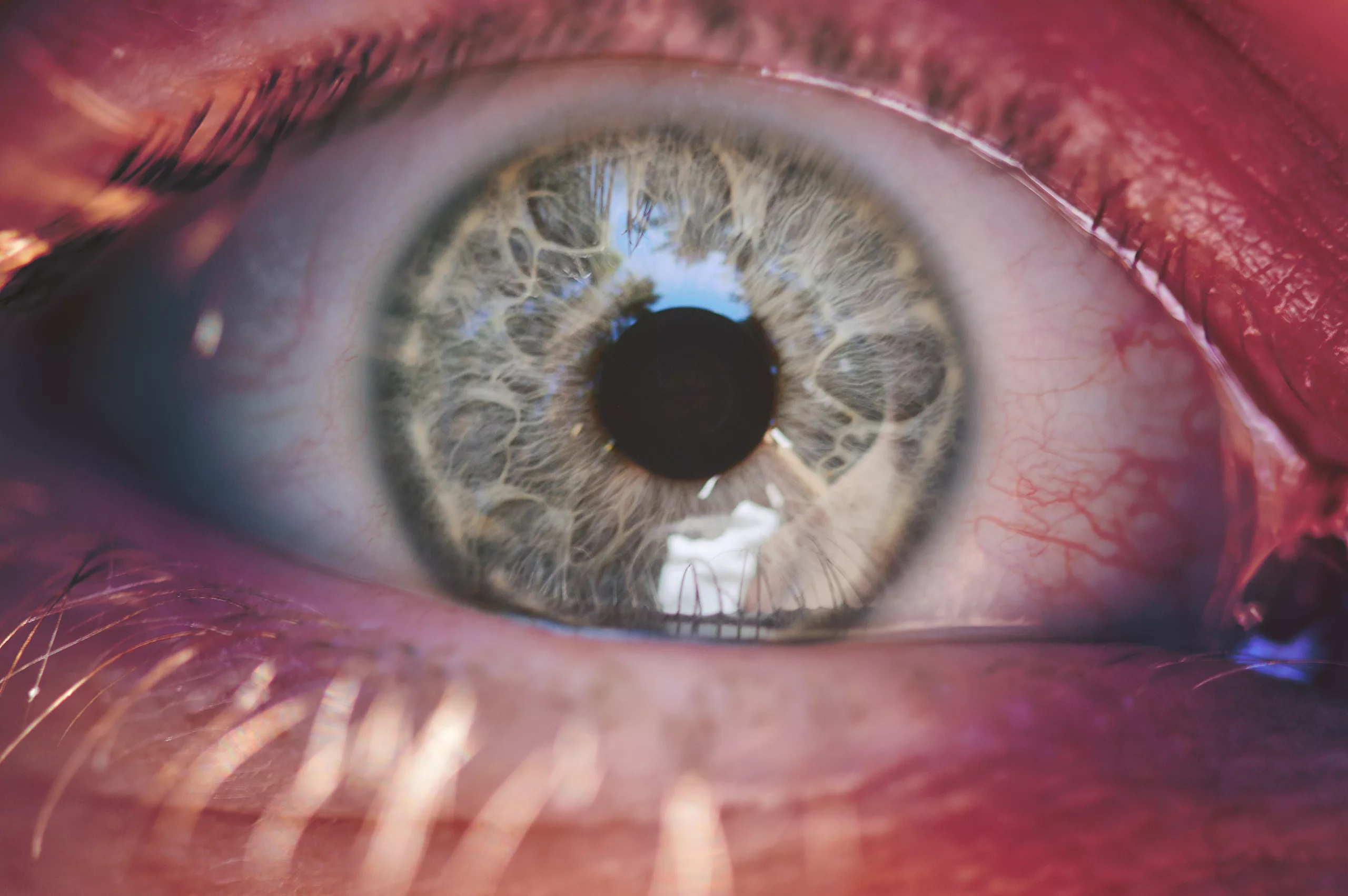Understanding Iris Claw Fixation in Ophthalmology
Introduction
Iris claw fixation, also known as iris-fixated intraocular lens (IOL) implantation, is a specialized surgical technique used in ophthalmology to address certain types of cataracts and other conditions where traditional intraocular lenses may not be suitable. This procedure involves securing an IOL directly to the iris, offering stability and visual rehabilitation for patients with complex eye conditions. Here’s a comprehensive look at iris claw fixation, its indications, procedure, benefits, and considerations:
Indications for Iris Claw Fixation
Iris claw fixation is typically considered in the following scenarios:
- Aphakia: This refers to the absence of the natural lens of the eye, which can occur due to trauma, complicated cataract surgery, or congenital anomalies.
- Inadequate Capsular Support: When the natural support structures of the eye, such as the capsular bag, are compromised or absent, traditional methods of IOL implantation may not be feasible.
- Secondary IOL Implantation: In cases where a primary IOL has dislocated or failed, iris claw fixation provides a stable alternative.
- Complex Cataract Surgery: Certain types of cataracts, particularly those associated with trauma or other anatomical abnormalities, may necessitate iris claw fixation for optimal visual outcomes.
Procedure Overview
The iris claw fixation procedure involves several key steps:
- Preoperative Evaluation: Detailed assessment of ocular health, including the status of the iris, anterior chamber depth, and overall eye condition, is crucial to determine candidacy for iris claw fixation.
- Anesthesia: Local or general anesthesia is administered to ensure patient comfort during the surgery.
- IOL Selection: Choosing an appropriate iris-fixated IOL is critical, considering factors such as lens power, material, and design that best suit the patient’s needs.
- Surgical Technique: The surgeon makes small incisions in the cornea to access the anterior chamber of the eye. Using specialized instruments, the iris is gently manipulated to position the claws of the IOL securely.
- Claw Fixation: The haptics (claws) of the IOL are precisely positioned and fixated onto the peripheral iris tissue, ensuring stable placement within the eye.
- Postoperative Care: Close monitoring and follow-up care are essential to assess visual acuity, intraocular pressure, and overall healing progress.
Benefits of Iris Claw Fixation
- Stability: Provides reliable fixation even in the absence of capsular support, reducing the risk of IOL dislocation.
- Visual Rehabilitation: Improves visual outcomes in challenging cases where traditional IOL placement may not be effective.
- Versatility: Suitable for various clinical scenarios, including complex cataracts and secondary IOL implantation.
- Minimally Invasive: Typically performed through small incisions, promoting faster recovery and reduced postoperative complications.
Considerations and Risks
While iris claw fixation offers significant advantages, it’s important to consider potential risks and complications, which may include:
- Iris Trauma: Minimal trauma during surgery to the iris tissue.
- Endothelial Cell Damage: Potential risk of damage to endothelial cells lining the back of the cornea.
- Glaucoma: Postoperative elevation of intraocular pressure, requiring careful monitoring and management.
- Pupil Irregularities: Risk of pupil shape abnormalities post-surgery.
Conclusion
Iris claw fixation represents a valuable surgical option in ophthalmology, addressing complex cases of aphakia and inadequate capsular support with a stable and effective solution. By securely attaching an IOL to the iris, this technique restores visual function and enhances quality of life for patients facing challenging eye conditions. As with any surgical procedure, thorough preoperative evaluation and meticulous surgical technique are essential to achieving optimal outcomes and minimizing risks.
In conclusion, iris claw fixation exemplifies the innovative approaches in modern ophthalmic surgery, providing a tailored solution for patients who may not benefit from conventional methods of intraocular lens implantation.
World Eye Care Foundation’s eyecare.live brings you the latest information from various industry sources and experts in eye health and vision care. Please consult with your eye care provider for more general information and specific eye conditions. We do not provide any medical advice, suggestions or recommendations in any health conditions.
Commonly Asked Questions
Iris claw fixation is typically considered for complex cataracts or cases where traditional IOL placement is challenging due to inadequate capsular support or other anatomical issues.
There are various types of iris-fixated IOLs, including those with different designs and materials. Your ophthalmologist will recommend the most suitable option based on your specific eye condition.
Recovery times can vary, but patients often experience noticeable visual improvements within a few weeks after surgery. Full recovery may take several weeks to months, depending on individual healing factors.
Patients are typically advised to avoid strenuous activities, rubbing the eyes, or exposing them to water for a specified period post-surgery to promote proper healing and reduce the risk of complications.
Potential risks include intraocular pressure elevation, damage to the iris or other eye structures, and the development of postoperative complications such as glaucoma or inflammation.
Depending on the patient’s overall health and eye condition, it may be possible to undergo iris claw fixation on both eyes during the same surgical session. This decision is made based on individual circumstances and surgeon recommendation.
The duration of surgery varies but generally ranges from 30 minutes to an hour per eye, depending on the complexity of the case and any additional procedures required.
Iris claw fixation provides a long-term solution for stable IOL placement. However, regular follow-up visits with your ophthalmologist are essential to monitor eye health and address any potential issues that may arise over time.
During your consultation, your ophthalmologist will conduct a comprehensive eye examination, discuss your medical history, explain the procedure in detail, and address any questions or concerns you may have regarding the surgery.
Iris claw fixation is known for its effectiveness in improving visual outcomes, particularly in cases where conventional methods of IOL implantation may not achieve desired results. Your ophthalmologist can provide personalized insights based on your specific condition.
news via inbox
Subscribe here to get latest updates !







